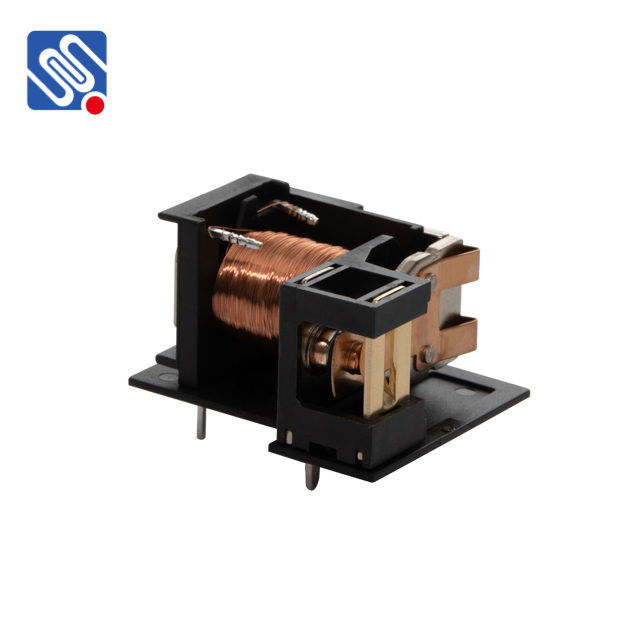Relay components are essential elements in modern electrical and electronic systems. They play a crucial role in controlling electrical circuits by enabling a small current to control a much larger current, making them indispensable in a wide range of applications. From industrial automation to household appliances, relays are used to switch electrical circuits on or off in response to specific conditions. In this article, we will explore the key components of a relay, how they work, and their applications.

What is a Relay? A relay is an electrically operated switch that allows a low-power circuit to control a high-power circuit. The heart of a relay is its ability to isolate the control and load sides of a circuit, ensuring that the control circuit operates at a safe voltage or current level while allowing the relay to switch the high-power load circuit. Key Components of a Relay Relays consist of several key components that work together to make the device function effectively. The main components of a relay are: Coil (Electromagnet): The coil is the part of the relay that generates the magnetic field when current flows through it. It consists of a wound copper wire that, when energized, becomes an electromagnet. This electromagnet is responsible for attracting or repelling a movable armature, which in turn operates the relay’s contacts.